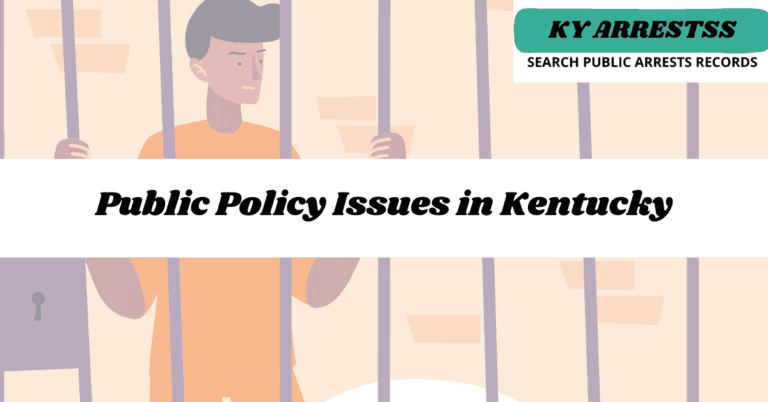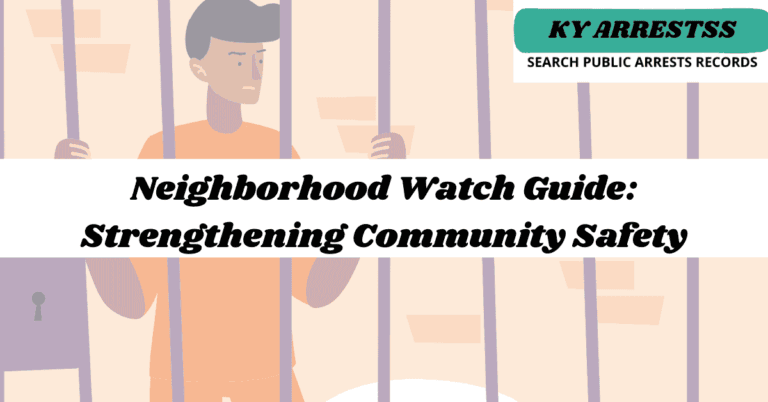Protecting Against Identity Theft: Prevention Tips
Identity theft is a growing concern in today’s digital age. With the increasing reliance on technology for everyday transactions, protecting one’s personal information has become more crucial than ever. In this article, we’ll delve into the various aspects of identity theft and provide practical tips on how to safeguard yourself against it.
Understanding Identity Theft
Identity theft can take various forms, including financial identity theft, criminal identity theft, and medical identity theft. Thieves employ a multitude of tactics to obtain personal information, such as phishing scams, data breaches, and physical theft of documents.
Signs of Identity Theft
Recognizing the signs of identity theft is crucial for early detection and mitigation. Some common indicators include unauthorized transactions on your accounts, receiving bills or statements for accounts you didn’t open, or being denied credit for no apparent reason.
Prevention Measures
Preventing identity theft requires a proactive approach. Start by using strong, unique passwords for all your online accounts and enabling two-factor authentication whenever possible. Be cautious when sharing personal information online and avoid oversharing on social media platforms.
Protecting Your Finances
Monitoring your credit reports regularly can help you detect any suspicious activity early on. Consider setting up fraud alerts with credit bureaus and freezing your credit if you suspect foul play. These measures can prevent unauthorized individuals from opening new accounts in your name.
Protecting Your Social Security Number
Your Social Security number (SSN) is a prime target for identity thieves. Avoid carrying your SSN card in your wallet and refrain from sharing it unnecessarily. Be vigilant when asked to provide your SSN and verify the legitimacy of the request.
Securing Your Online Presence
When conducting online transactions, ensure that you’re using secure websites with HTTPS encryption. Avoid using public Wi-Fi for sensitive activities, as it can be vulnerable to interception by hackers. Keep your antivirus software up to date to protect against malware and phishing attempts.
Protecting Your Mail
Secure your physical mail by retrieving it promptly and using a locked mailbox if possible. Thieves may target mailboxes to steal sensitive documents or credit card offers, which can be used to perpetrate identity theft.
Educating Yourself and Others
Staying informed about the latest identity theft trends and scams is essential for protecting yourself and your loved ones. Educate family members, especially children and the elderly, about the importance of safeguarding personal information and recognizing potential threats.
Responding to Identity Theft
If you suspect that you’ve been a victim of identity theft, act quickly to minimize the damage. Contact the authorities and your financial institutions to report the incident and take necessary steps to mitigate any further harm.
Recovering from Identity Theft
Recovering from identity theft can be a long and arduous process. Report the incident to the major credit bureaus and request a fraud alert to be placed on your credit report. Monitor your accounts closely for any signs of fraudulent activity and follow up with creditors as needed.
Legal Protections
Consumers are afforded certain legal protections against identity theft, such as the Fair Credit Reporting Act and the Identity Theft and Assumption Deterrence Act. Familiarize yourself with these laws and seek legal assistance if necessary to enforce your rights.
Identity Theft Insurance
Consider investing in identity theft insurance to provide an extra layer of protection against financial losses resulting from identity theft. Understand what is typically covered under such policies and choose one that best fits your needs.
FAQs
What is identity theft?
Identity theft is the illicit acquisition and utilization of another individual’s personal information, encompassing details like their name, social security number, or credit card particulars. Perpetrators typically exploit this data for financial gain or to engage in fraudulent activities, posing significant risks to the victim’s financial well-being and personal security.
How can I protect myself from identity theft?
There are several steps you can take to protect yourself from identity theft. Firstly, safeguard your personal information by keeping your social security number, credit card details, and other sensitive data secure. Additionally, regularly monitor your financial statements and credit reports for any suspicious activity. Lastly, be cautious when sharing personal information online and only use secure websites for transactions.
What are some common methods used by identity thieves?
Identity thieves employ various methods to steal personal information. Some common techniques include phishing emails, where they pose as legitimate organizations to trick individuals into revealing their personal details, and skimming, where they use devices to capture credit card information at ATMs or point-of-sale terminals.
How can I spot a phishing email?
Phishing emails often have telltale signs that can help you identify them. Look out for suspicious email addresses, grammatical errors, urgent requests for personal information, and links that redirect to unfamiliar websites. Remember that legitimate organizations typically do not ask for personal information via email.
What should I do if I suspect I am a victim of identity theft?
If you suspect that you are a victim of identity theft, it is crucial to act quickly. Contact your bank and credit card companies to report any fraudulent activity. Additionally, file a police report and notify the Federal Trade Commission (FTC) through their Identity Theft website. They can provide guidance on the necessary steps to recover your identity and prevent further damage.
Conclusion
Safeguarding yourself against identity theft demands diligence and vigilance. By adhering to the preventive measures outlined in this article and staying abreast of emerging threats, you can mitigate the risk of falling prey to identity theft and uphold your financial security. Regularly monitoring financial accounts, employing strong passwords, being cautious with personal information online, and promptly reporting suspicious activity are key steps in fortifying your defenses against this pervasive threat.







